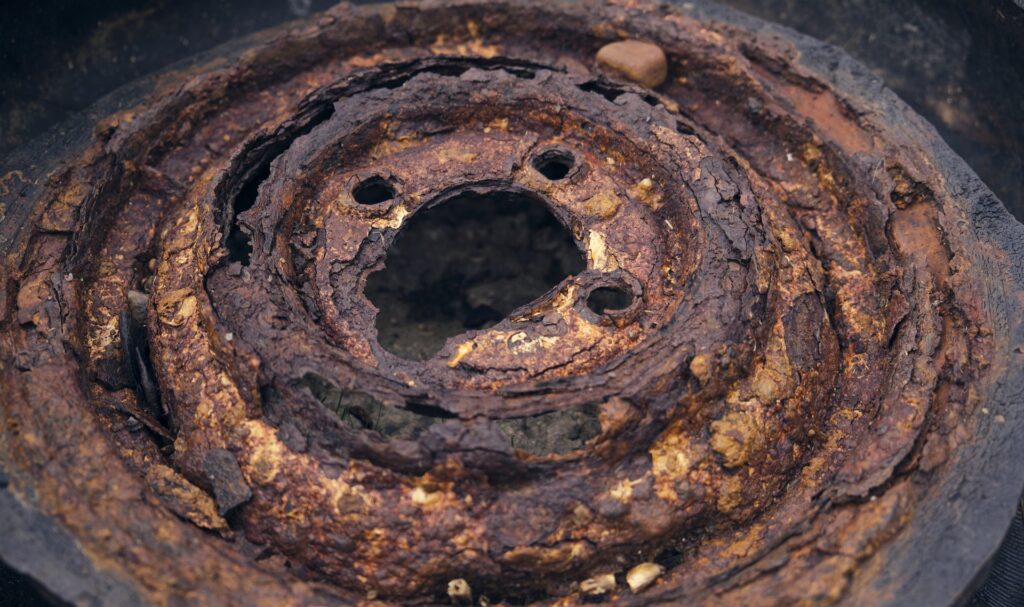Introduction:
Product defect lawsuits have become more common in recent years, with consumers becoming more aware of their rights. A product defect lawsuit is a legal action against a manufacturer, distributor, or retailer. These lawsuits can be brought under various legal theories, including negligence, strict liability, and breach of warranty.
This blog will explore the different types of product defects, the legal theories behind product defect lawsuits, the process of bringing a product defect lawsuit, and the potential outcomes of such cases. It will also discuss some challenges of bringing a product defects lawsuit, such as proving causation and obtaining expert testimony. Additionally, this blog will examine some of the recent high-profile product defect lawsuits and their impact on the legal landscape.
Types of Product Defects:
Three main types of product defects can lead to a product defect lawsuit: design defects, manufacturing defects, and marketing defects.
Design defects are inherent flaws in a product’s design that make it dangerous or defective. These defects exist before the product is manufactured, resulting from the design itself. Examples of design defects include using materials unsuitable for the product’s intended use and designing a product prone to malfunction or failing to have necessary safety features.
Manufacturing defects, on the other hand, occur during the manufacturing process and are usually the result of errors or defects in the manufacturing process. Examples of manufacturing defects include using the wrong type of material, using a defective part in the manufacturing process, or failing to follow proper quality control procedures.
Marketing defects, also known as failure-to-warn defects, occur when a manufacturer fails to provide adequate warnings or instructions for the product’s safe use. These defects can include failing to warn consumers of potential dangers associated with the product, giving proper instructions for help, or including appropriate safety warnings.
Legal Theories:
Product defect lawsuits can be brought under various legal theories, including negligence, strict liability, and breach of warranty.
Negligence is a legal theory that requires the plaintiff to prove that the defendant was negligent in their actions or inactions and that this negligence led to the plaintiff’s injury or damages. In a product defect lawsuit based on negligence, the plaintiff must prove that the defendant owed a duty of care to the plaintiff, that the defendant breached that duty of care, that the breach caused the plaintiff’s injuries or damages, and that the plaintiff suffered damages as a result.
Strict liability is a legal theory that holds manufacturers, distributors, and retailers responsible for injuries caused by their products, regardless of fault or negligence. Under strict liability, the plaintiff does not need to prove that the defendant was negligent, only that the product was defective and caused the plaintiff’s injuries or damages.
Breach of warranty is a legal theory that allows the plaintiff to sue the manufacturer, distributor, or retailer for breach of express or implied warranties. An express warranty is a written or spoken promise by the manufacturer or seller about the product’s quality or performance. In contrast, an implied warranty is an unwritten guarantee that the product is fit for its intended use.
Process of Bringing a Product Defect Lawsuit:
To bring a product defect lawsuit, the plaintiff must first identify the product defect and determine who is responsible for the deficiency. The plaintiff must then file a complaint in court, stating the legal theory under which they are suing and outlining the damages they seek.
Once the complaint is filed, the defendant will have the opportunity to respond. The defendant may file a motion to dismiss the case, arguing that the plaintiff has failed to state a claim or that the court lacks jurisdiction.
If the case proceeds, both parties will engage in discovery, which involves exchanging information and evidence related to the case. This can include documents, witness statements, and expert opinions.
After discovery, the parties may attempt to settle the case through mediation or negotiation. If a settlement cannot be reached, the patient will proceed to trial, where a judge or jury will hear the evidence and decide.
Challenges Associated with Product Defect Lawsuits:
Several challenges are associated with bringing a product defect lawsuit, including proving causation, obtaining expert testimony, and overcoming the defendant’s legal defenses. Proving causation can be complex, especially in cases where multiple factors contributed to the plaintiff’s injuries or damages.
Obtaining expert testimony can also be challenging, as the plaintiff may need to hire an expert witness to testify about the defect and its effects. The defendant may also hire an expert witness to dispute the plaintiff’s claims.
Additionally, the defendant may use legal defenses such as the assumption of risk or contributory negligence to argue that the plaintiff was partially or wholly responsible for their injuries or damages.
Recent High-Profile Product Defect Lawsuits:
In recent years, there have been several high-profile product defect lawsuits that have had a significant impact on the legal landscape. One notable example is the Johnson & Johnson talc powder lawsuits, in which thousands of women alleged that the company’s talc-based products caused their ovarian cancer.
Another example is the Volkswagen emissions scandal, in which the company admitted to cheating on emissions tests for their diesel vehicles. This led to numerous lawsuits and settlements, with Volkswagen agreeing to pay billions of damages.
Conclusion:
Product defect lawsuits are essential for consumers to hold manufacturers, distributors, and retailers accountable for their products. These lawsuits can be brought under various legal theories, resulting in significant damages for the plaintiff. However, there are also several challenges associated with getting a product defect lawsuit, and the outcome of such cases can be challenging to predict.
Recent high-profile product defect lawsuits have highlighted the importance of product safety and the need for manufacturers to take responsibility for protecting their products. As consumers become more aware of their rights and the potential dangers of using faulty products, product defect lawsuits will likely continue to be an essential aspect of the legal landscape.


